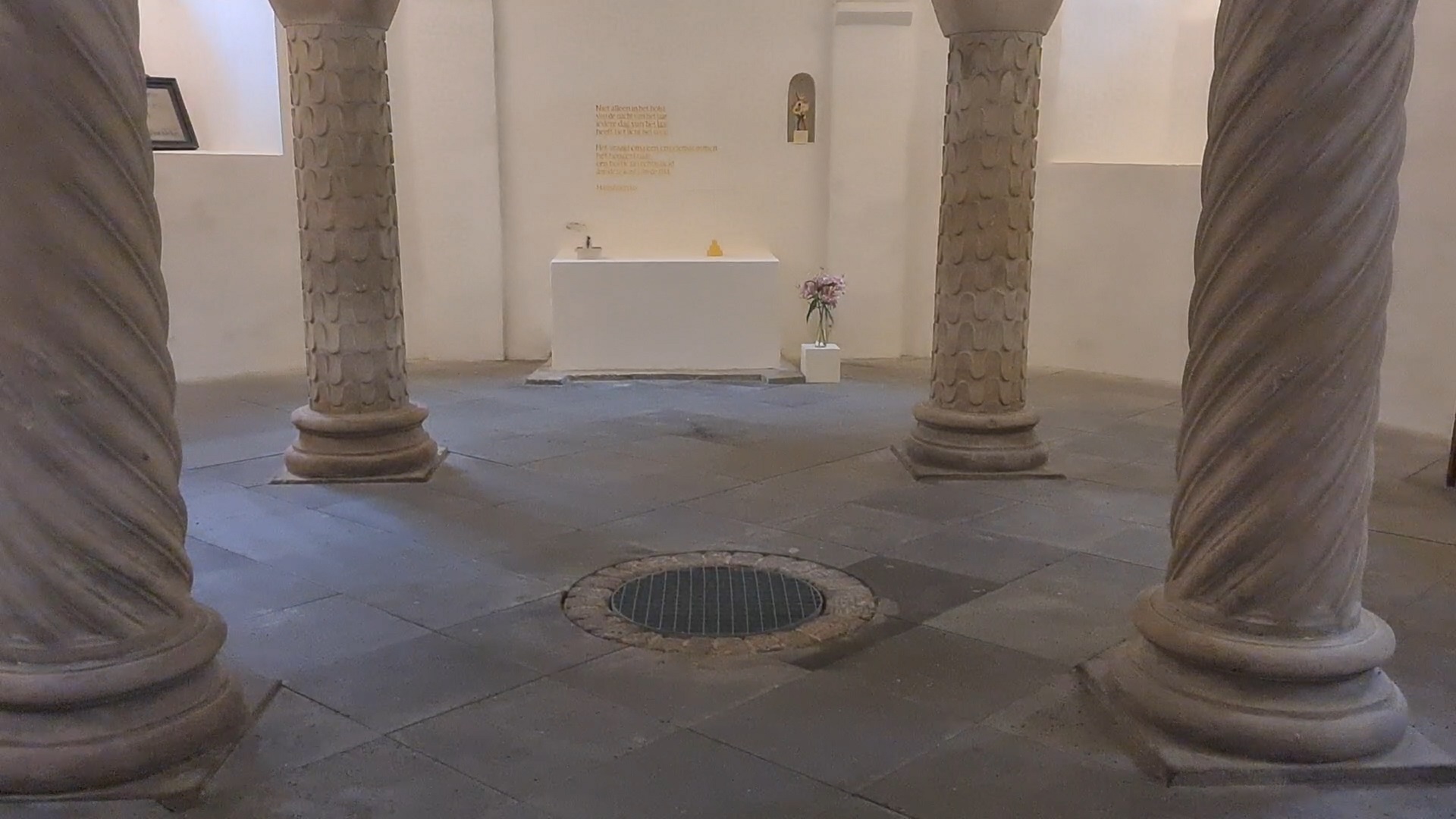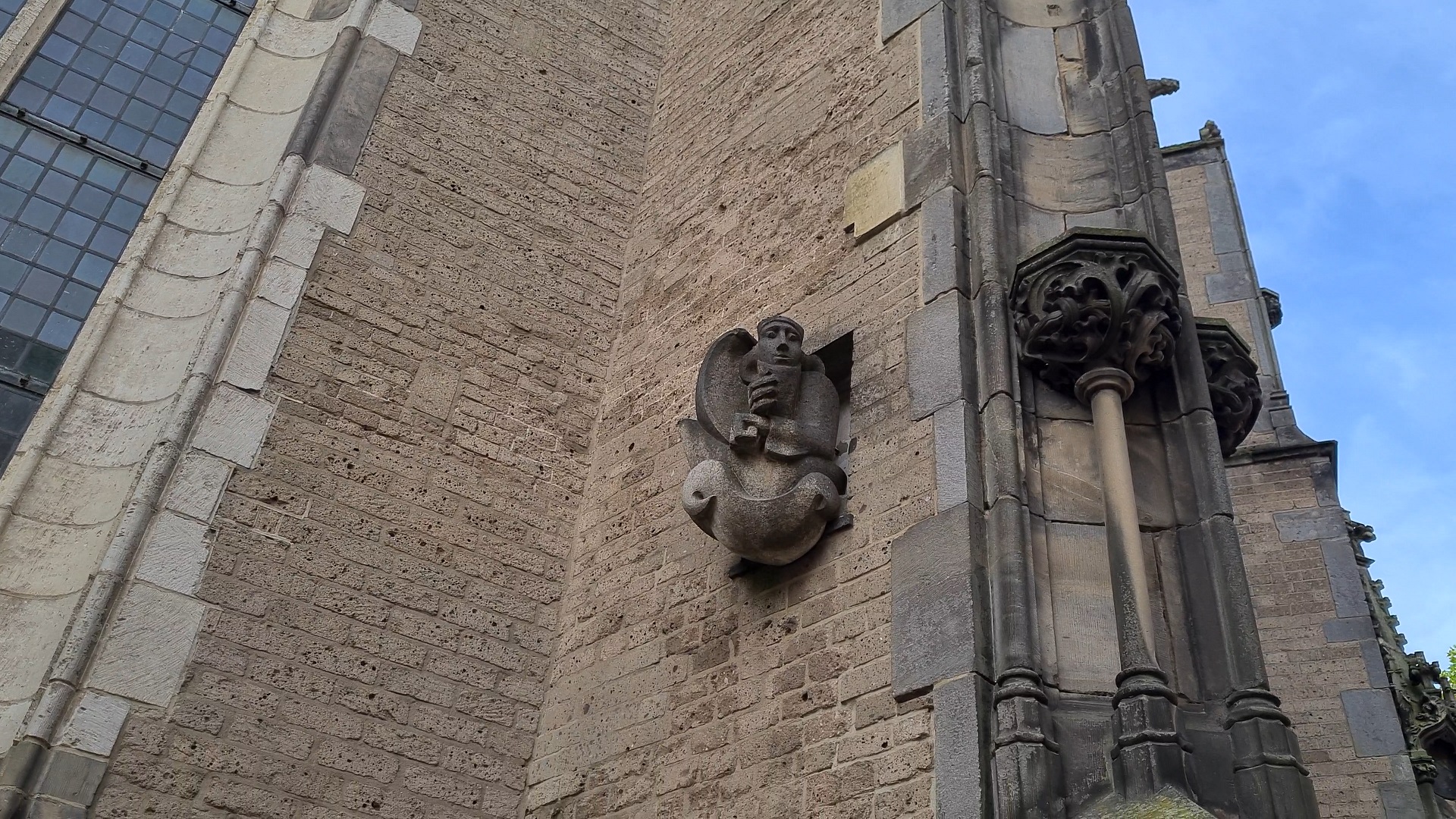The Legend of the Aerestea
In the beginning of time the gods from heaven and hell wandered around the earth. This often resulted in friction between both. At one time this friction turned into a war and it almost destroyed the earth. The gods came to an understanding that it was best to only observe the earth from a distance because nobody would benefit from a complete annihilation.

Every now and then a god still tried to sneak onto earth. This always resulted in battles with humankind, jealous other gods and great damage to the world. The tension between the gods grew and an other war was upon us.
The aerestea – the first inhabitants of earth – remembered the first war and decided to negotiate with the gods. They came to an understanding. The aerestea were chosen to battle any god that crosses over to earth. To accomplish this task they were given a potion called absinta.
Absinta is powerful enough to put any weakened god into an eternal sleep. The god has to be buried and a church has to be build over its grave to seal it forever. This solution got accepted by the gods from heaven and hell because now there was no jealousy between them, the earth could still be observed and the one who broke the agreement got a fitting punishment.
Since the aerestea helped human kind in their battle against the evil gods, they were often mistaken for angels. But, as we know, these winged creatures aren’t angels. This misconception explains why we nowadays don’t know much about them. Clues about this history can still be found.
The Great Church of St. Lebuinus
When we take a close look at a church that is build over a grave with a god in it, we can find some clues about this past event.

A sealed entrance to the tomb in the church of Deventer.

A sealed tunnel in the floor from the church of Deventer. At the moment it is being used as a wishing well.

A statue from an aerestea on the outside wall the church of Deventer. This aerestea has only one wing. This is a reference to the harsh battle that has cost many victims between humans and aerestea.

Memento Mori has been written on the ceiling with a hourglass and skulls.
Memento Mori Latin for ‘remember that you (have to) die’ is an artistic or symbolic reminder of the inevitability of death. The sand in the hourglass will never reach the bottom completely. This is a reference to the buried god who had to die but couldn’t.
